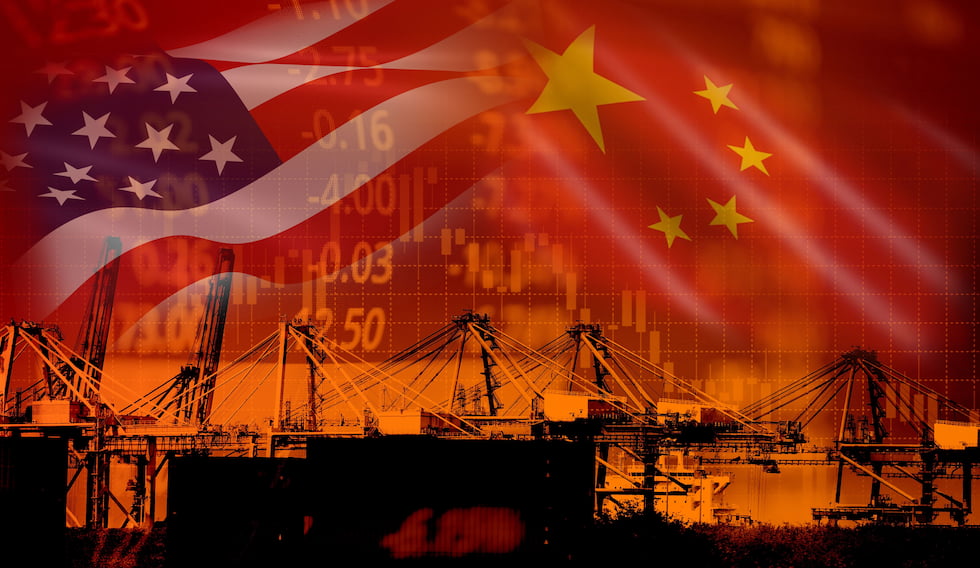
Every year, leaders of the pumps industry in the United States convene to discuss the industry outlook, possible regulations and technical topics. At this year’s Hydraulic Institute (HI) meeting in late February, there was one topic on everyone’s mind: the coronavirus and its possible impact on the pumps world.
Companies—especially those with an international presence—were canceling upcoming travel. Trade shows, like TPS Asia, were pulling the plug. The stock market was taking a hit daily during the meeting, and global scares were on the rise. The Federal Reserve’s lowering of interest rates by 0.5 percent this week punctuated the level of unrest and the central bank’s willingness to give the economy a boost before the impact appears lasting.
So what was the consensus?
“Whether the markets are overreacting or not, there is a disruption and economic impact. The pain looks real,” said Alan Beaulieu, Ph.D., of ITR Economics. “We believe it will be short-lived and that the second half of 2020 will be strong.”
Beaulieu’s annual presentation is a high point of the HI event. Uncanny prediction accuracy gives Beaulieu earned credibility with the industry crowd. His mostly positive 2020 outlook did include some qualifications.
“If oil prices go down, or if other parts of the market become unstable, the outlook could change. Taxes going up would have a big impact on the forecast,” he warned.
Other attendee concerns include the presidential election, continuing effects of tariffs and other global economic issues. But for now, indicators point to probable gains in the third and fourth quarters of this year.
China’s economy will continue to suffer in the wake of the viral storm, Beaulieu said. “The last time something like this happened the Chinese economy stagnated, but came back shortly with the created pent-up demand.”
Some things that won’t impact the economy, he said, include the presidential election, unemployment rate and consumer confidence.
“It doesn’t matter if a Republican or a Democrat are in the White House. The rate of growth has been statistically the same,” Beaulieu said. “Unemployment is useless. It’s like looking in the rearview mirror on the highway. It doesn’t show what’s ahead.”
Now is a good time to purchase equipment, make company acquisitions, buy real estate, make office/plant modernizations and invest in equities, he said. Those steps will prepare companies for the upside that is on the horizon. It provides a chance to make proactive decisions as opposed to reactive ones. And with the rate cut, it is a great time to borrow.
In the meantime, he recommends keeping an eye on:
- Tariffs. Protectionism and isolationism could be here for a long time to come.
- U.S. energy independence. “We can take a hit because we produce more than we consume. But we need fracking for this to remain true.”
- The global economy. Especially the G7, which should be on the rise later this year.
- Housing and real estate sales. These have the potential to impact manufacturing.
- Infrastructure spending. It is expected to decelerate because it’s unsustainable at the current level of growth. Public water and sewer, for instance, could drop from an 8 percent rise to a 3 percent rise year over year.
- The paper industry. Despite being in a long decline, it could pick up a little in the second half of the year.
- The U.S. electric and gas market. This market could drop throughout 2020.
- The chemical (inorganic) industry. This remains flat, but could build some in the second half of the year.
“Plan with optimism,” Beaulieu said. “There is data that recommends itself to dial back the concern over the virus.”
However, as in previous years, Beaulieu continues to predict a great depression for the 2030s. That isn’t great news. But, we can’t say we weren’t warned.
In addition to the knowledge learning workshops and standards committee meetings, the event also included:
- Representatives from the Society of Women Engineers presented a “men as diversity partners” talk. This meeting offered practical tips on how men can be mentors, allies and champions to women at the office. Diversity benefits companies, so there is no reason not to nurture it. Accept that unconscious bias is real, so become involved and set goals to overcome it.
- The Lifetime Achievement award was presented to Sulzer’s Mick Cropper, while Member of the Year honors went to Mark Chaffee of Taco.
Thomas Haan of Global Equity Consulting provided a presentation about mergers and acquisitions. You can read Haan’s reports in Pumps & Systems’ Pump Industry Insider newsletter.

